How Clean is your Stove Hood
15 years ago
Featured Answer
Sort by:Oldest
Comments (23)
- 15 years ago
- 15 years ago
Related Professionals
East Islip Kitchen & Bathroom Designers · Salmon Creek Kitchen & Bathroom Designers · Citrus Park Kitchen & Bathroom Remodelers · Crestline Kitchen & Bathroom Remodelers · Rolling Hills Estates Kitchen & Bathroom Remodelers · San Juan Capistrano Kitchen & Bathroom Remodelers · South Barrington Kitchen & Bathroom Remodelers · York Kitchen & Bathroom Remodelers · Black Forest Cabinets & Cabinetry · Cranford Cabinets & Cabinetry · Key Biscayne Cabinets & Cabinetry · Land O Lakes Cabinets & Cabinetry · Universal City Cabinets & Cabinetry · Mililani Town Design-Build Firms · Plum Design-Build Firms- 15 years ago
- 15 years ago
- 15 years ago
- 15 years ago
- 15 years ago
- 15 years ago
- 15 years ago
- 15 years ago
- 15 years ago
- 15 years ago
- 15 years ago
- 15 years ago
- 15 years ago
- 15 years ago
- 15 years ago
- 15 years ago
- 15 years ago
- 15 years ago
- 15 years ago
- 15 years ago
Related Stories

KITCHEN DESIGNWhat to Know When Choosing a Range Hood
Find out the types of kitchen range hoods available and the options for customized units
Full Story
KITCHEN DESIGNHow to Choose the Right Hood Fan for Your Kitchen
Keep your kitchen clean and your home's air fresh by understanding all the options for ventilating via a hood fan
Full Story
HOUSEKEEPINGHow to Clean Your Range and Oven
Experts serve up advice on caring for these kitchen appliances, which work extra hard during the holidays
Full Story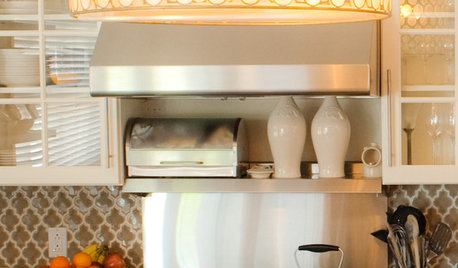
KITCHEN DESIGNKitchen Tip: Extra Storage Above the Stove
Stainless steel shelf creates handy storage and a cute kitchen display
Full Story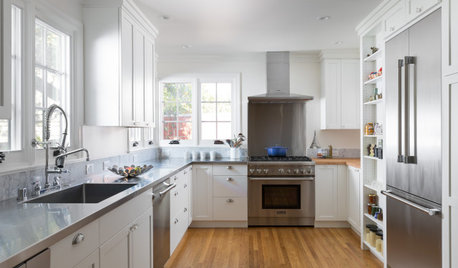
HOUSEKEEPINGHow to Clean Stainless Steel
Protect this popular kitchen material with a consistent but gentle cleaning routine
Full Story
HOUSEKEEPING20 Things You Might Be Forgetting to Spring-Clean
Clean these often-neglected areas and your house will look and feel better
Full Story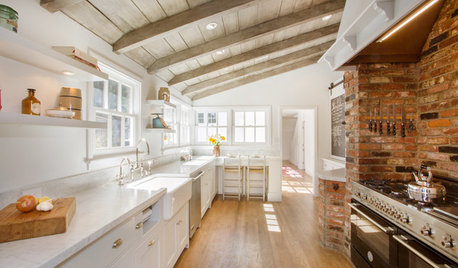
KITCHEN DESIGNKitchen of the Week: Brick, Wood and Clean White Lines
A family kitchen retains its original brick but adds an eat-in area and bright new cabinets
Full Story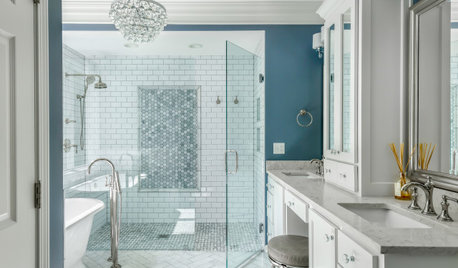
HOUSEKEEPINGHow to Clean a Glass Shower Door
See which tools and methods will keep those glass shower walls and doors sparkling clean
Full Story
MOST POPULAR33 Magic Household Cleaning Tips
Houzzers from around the world share their tips for transforming housework into child’s play
Full StoryMore Discussions

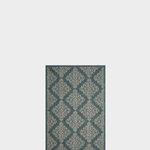
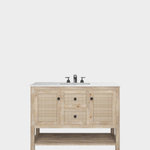
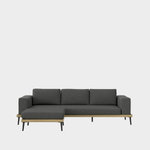
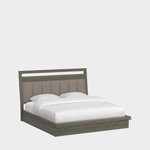



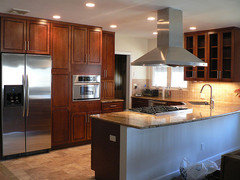
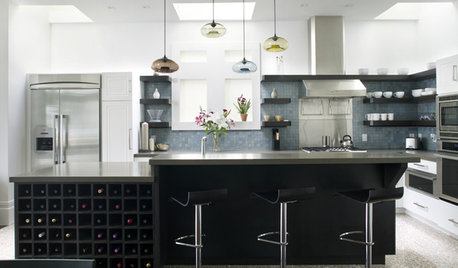

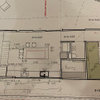
neesie